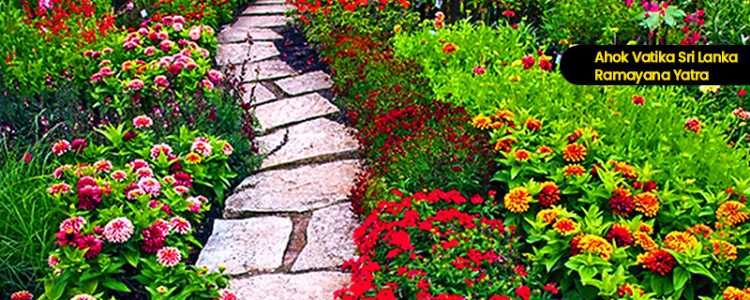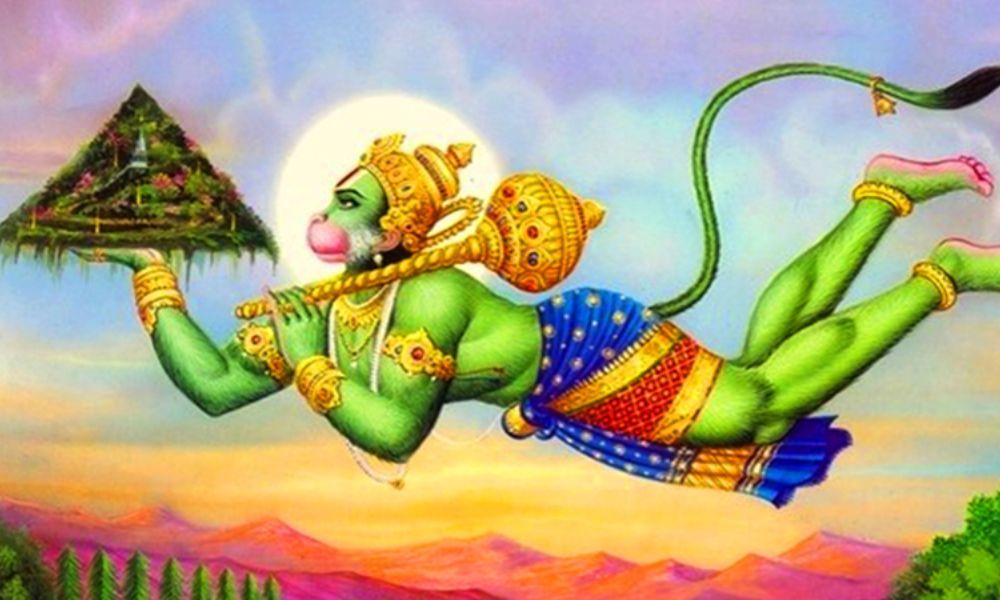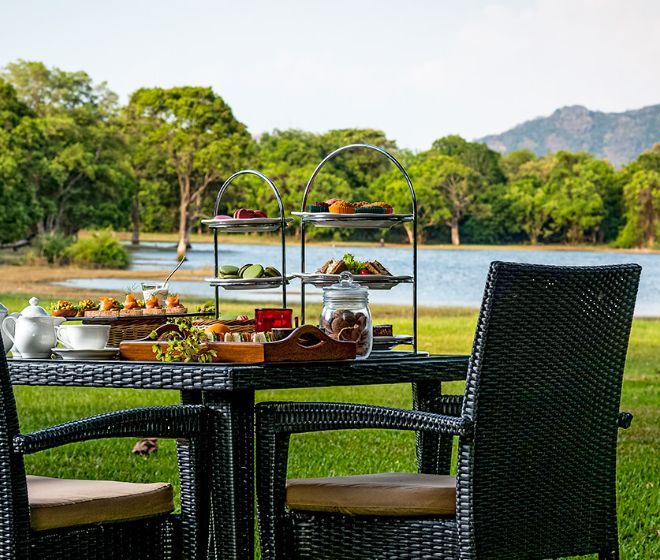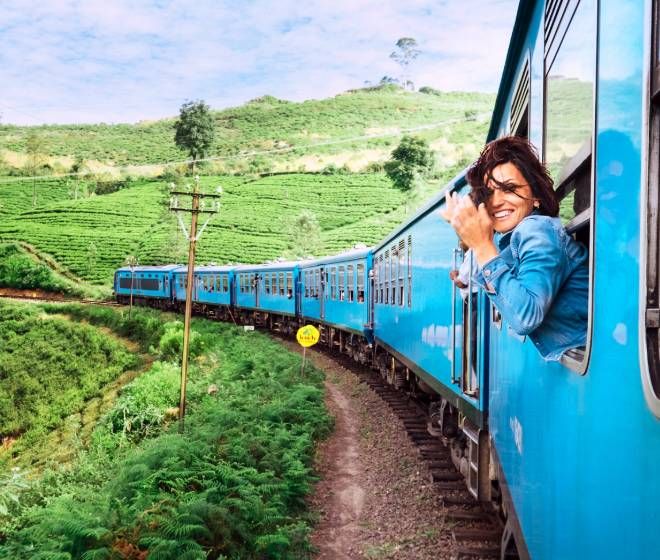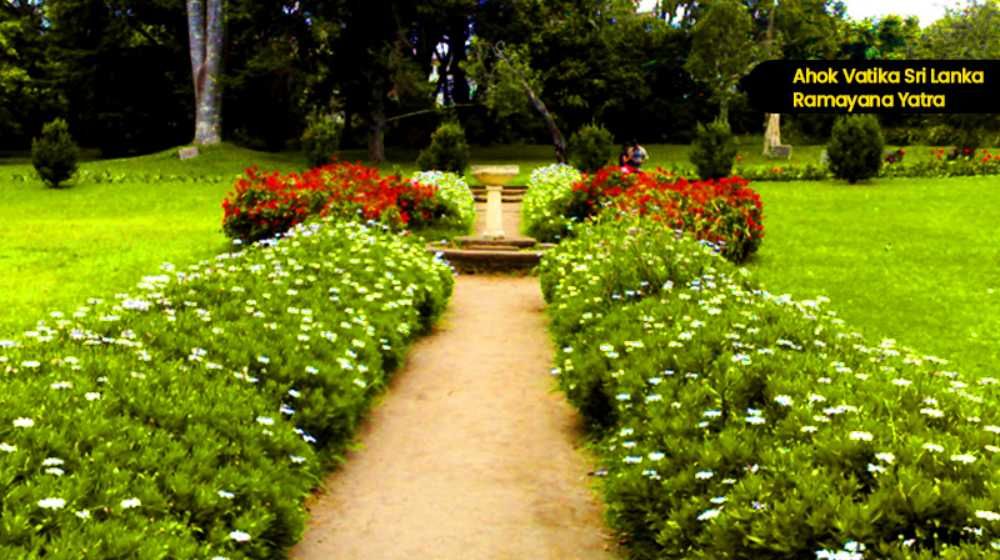
Hakgala Botanical Gardens
Hakgala Botanical Garden is the second largest garden among the five botanical gardens in Sri Lanka and is contiguous to Hakgala Strict Nature Reserve, which is the home to a variety of wild life, including bears, monkeys and birds. Situated some 5 kilometers South of Nuwara Eliya, the road to Hakgala along the Badulla road is a pleasant downhill drive, mostly through pine forests. The comfortable cool weather that prevails throughout the year compliments the exotic flora and fauna, creating a true paradise. It boasts thousands of flora species. .
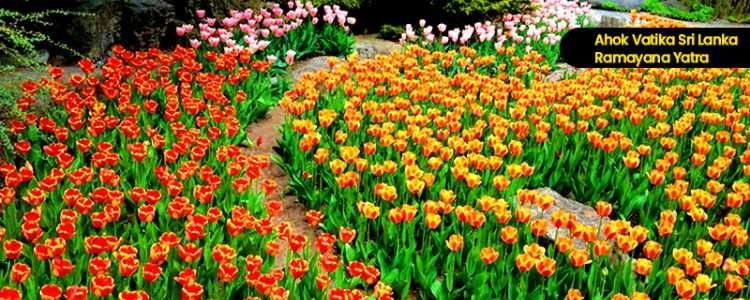
The main sections of the garden are the rock garden, water garden, fern garden, Japanese garden and the seed room. Hakgala is a temperate hill-country garden, where the lovely low-country lotus and water lily mingles in their serene simplicity with sophisticated English roses, pre-historic looking ferns, and endemic orchids. The intimidating Hakgala rock provides an awe inspiring backdrop to the garden, rising 450 meters over it. According to the legends, the history of Hakgala Gardens dates back to the time of Ramayanaya; an epic love story of the east. Queen Sita, captured and brought to Sri Lanka, is said to have been hidden in this vicinity and the Hakgala Gardens is said to be one of the pleasure gardens of King Ravana called Ashok Vatika.
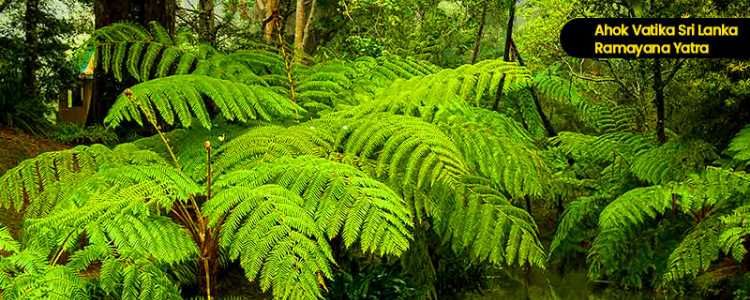
Originally used for the cultivation of cinchona and tea, the present day Hakgala Gardens was established in 1861 under the patronage of Dr. G H W Thawaites. The development of Hakgala Gardens as a botanic garden was initiated by Mr William Nock in 1884 and since then many varieties of flowers and trees, both local and foreign, have been introduced.
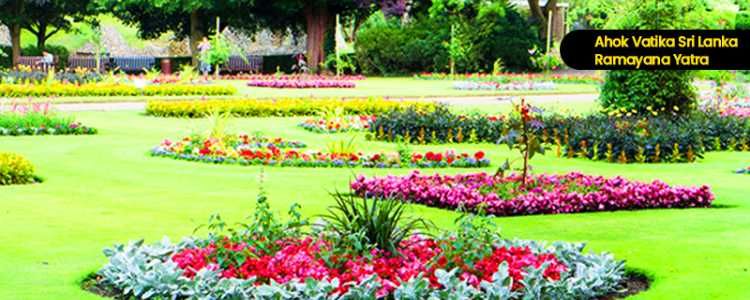
A network of small creeks, complete with wooden bridges, is seen throughout the garden, creating a magical atmosphere for the magnificent rose garden, conifers, cedars, cypresses, variety of pines and English oaks that make their home in the garden. The flora of the garden include Old tea trials, Eucalyptus, Camphor, Pinus, Melaleuca, Casuarina, Cupressusmacrocarpa, Cinnamomumcamphora, Syncarpiaglomulifera, Rhodoleiachampioni, Michelianilagirica, Rhododendron zeylandicum, Streptosolenjamesonii, and Santolinachamaecyparissus.
